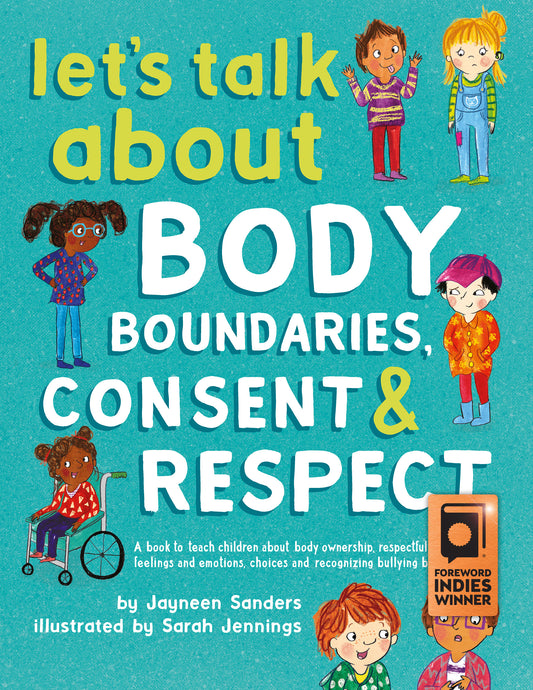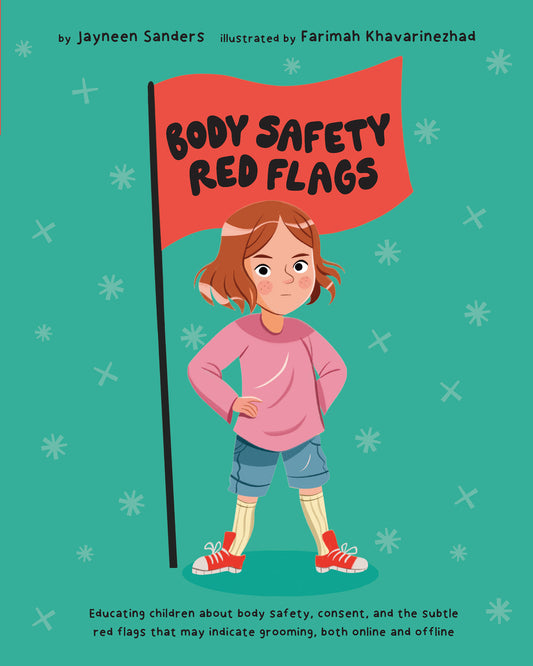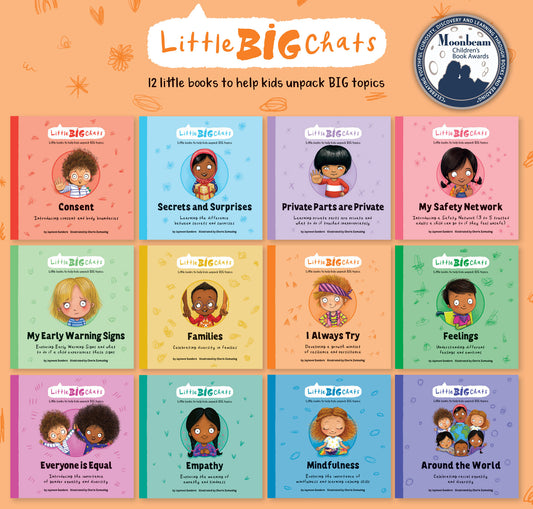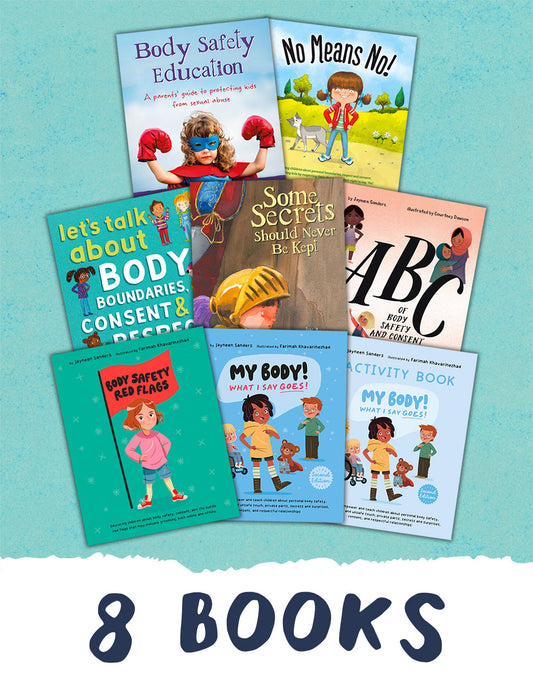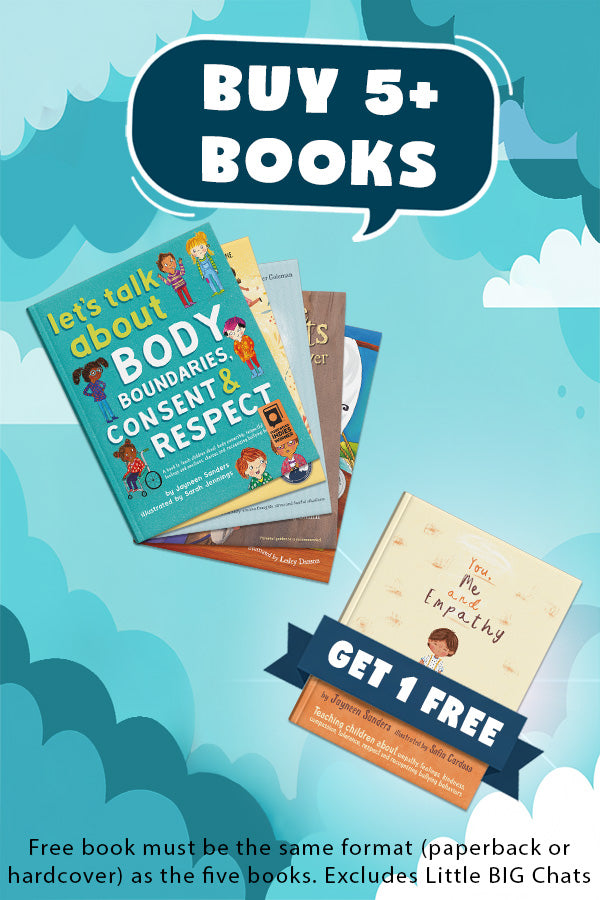What still remains vivid in my mind, 12 years after starting my work in the prevention of childhood sexual abuse, were two things that I heard time and time again from survivors.
He said to me, ‘This is our little secret — others won’t understand. This is how you show me you love me.’
And what was an innocent child (often quite young) to believe from the person, who in the past, had played and loved them appropriately and safely as a caregiver should? And even though they may have felt sick in their stomach and intuitively knew it was wrong, they were manipulated, often through shame and guilt, by the predator.
Research tells us that in 85% of reported child sexual abuse cases, the child knows the offender (NSW Commission for Children &Young People, 2009). These predators are in our homes and our communities telling children to keep ‘our little secret’ and informing them ‘that this is how you show me you love me.’ We know that 84% of sexual victimisation of children under 12 years of age occurs in a residence (Snyder, 2000) and that the most vulnerable age for children to be exposed to sexual assault is between 3 and 8 years with the onset happening between these ages (Browne & Lynch, 1994).
Therefore, I suggest we teach children Body Safety and their Five Body Safety Rules, but in addition, we teach them how adults show love appropriately and safely.
How adults show love that is safe:
-
They read us books.
-
They play with us.
-
They listen to us.
-
They stop what they are doing to listen.
-
They cuddle and hug us but only with consent.
-
They do activities with us outside and inside.
-
They might drive us to sport and/or school.
-
They keep us safe.
-
They help us when we are uncertain or anxious or worried.
I’m sure your children can think of many more that are relevant to your family. Make a list!
However, a predator might do all that too, (which is why children becomes so confused) but they may also:
-
Touch a child’s private parts.
-
Ask them to touch their private parts.
-
Show them child exploitation material to ‘normalise’ sexual behaviour.
-
Photograph a child’s private parts or ask them to pose sexually.
-
Tell them to keep secrets that are, at first, not of a sexual nature.
-
Tell them to keep unsafe secrets that are of a sexual nature.
-
Threaten children’s safety or the safety of their pets or friends if they tell the secret.
-
Discredit a child as a liar so other adults don’t believe the child.
I suggest as you teach your child Body Safety that you also discuss ways that caregivers and families show love that is safe and makes the child feel happy and relaxed.
When teaching your child their Body Safety Rules number 4 is ‘Private Parts are Private’. Ensure you child understands that anyone who touches their private parts, asks them to touch their private parts, shows them pictures of private parts and asks them to keep unsafe secrets is NOT showing them love and they must tell a person on their Safety Network straightaway!
Jayneen Sanders is the author of a number of children’s books on Body Safety and Consent such as ‘My Body! What I Say Goes!’; ‘Let’s Talk About Body Boundaries, Consent and Respect’; ‘No Means No!’; ABC of Body Safety and Consent’; ‘Some Secrets Should Never Be Kept’ and the adults guide: ‘Body Safety Education: a parents’ guide to protecting kids from sexual abuse’, as well as titles from our Little BIG Chats series; ‘Consent’, ‘Secrets and Surprises’, ‘Private Parts are Private’, ‘My Safety Network’, and ‘My Early Warning Signs’.
For free resources about Body Safety please click here.

